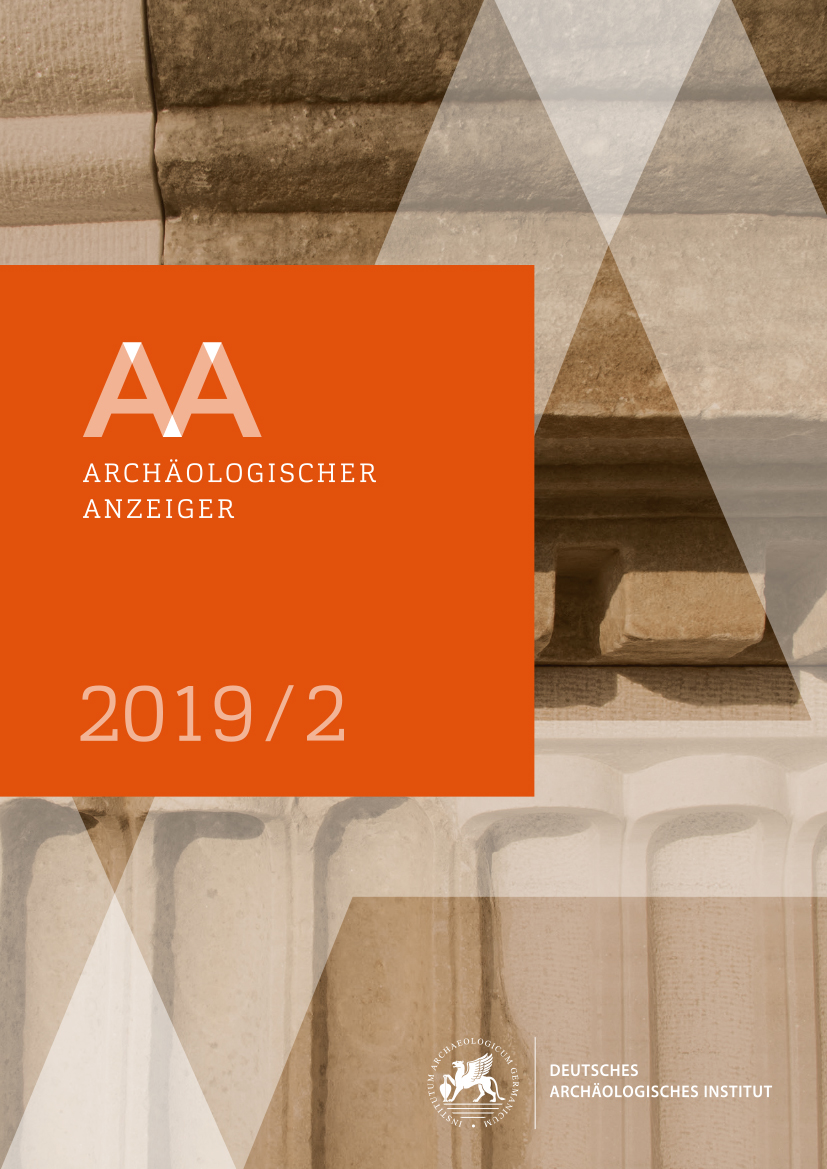Ein Marmorsarkophag klassischer Zeit aus Apollonia (Albanien) und seine Wiederverwendung in der römischen Kaiserzeit
https://doi.org/10.34780/aa.v0i2.1002
Abstract
Typologische Gründe legen für einen Sarkophag in Apollonia einen Import aus Paros im 5. Jh. v. Chr. nahe. Petrographische Analysen bestätigen die Herkunft des Marmors aus den Brüchen der Insel. Sarkophage aus Kalkstein wurden in Apollonia häufiger seit dem 6. Jh. v. Chr. verwendet und markieren nicht zuletzt auch in ihrer Einbindung in ein aufwendiges Grabritual den sozialen Rang des Bestatteten. Der Marmorsarkophag steht am Ende dieser Reihe. Höchstwahrscheinlich wurde er in römischer Zeit wiederverwendet. Den Wandel der Bestattungsformen in Apollonia mit Bestattung in einer Grabkammer bezeugt ferner ein im Museumsdepot aufbewahrtes Fragment einer Kline.


